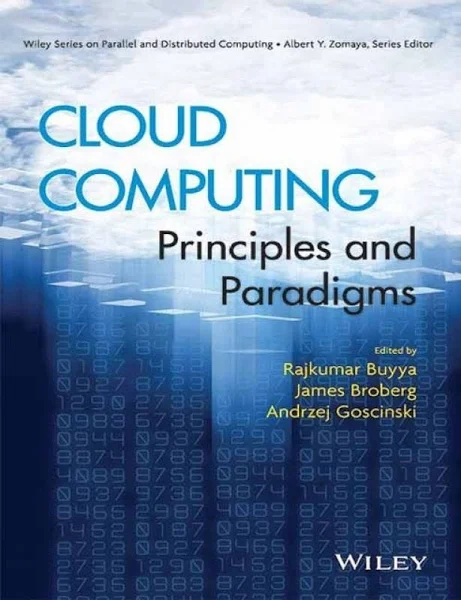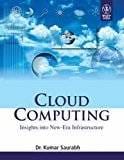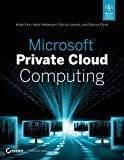No products in the cart.
Return To Shop
Menu
Categories
- Physics Books
- UPTU & AKTU Books
- Dictionaries / Language Learning
- Yoga
- Beauty and Fitness
- Text and Reference Books
- Biology Books
- Computer Science Books
- Personality Development
- Meditation
- Ayurveda / Homeopathy / Herbal Cure
- Used or Second Hand Books
- Accounting
- Children Books
- Family and Relationships
- Health & Fitness
- Crafts and Hobbies
- Mechanical Engineering Books
- Biotechnology Books
- Delhi University Books
- General
- Parenting
- Games & Quizzes
- Electrical Engineering Books
- Food Technology
- Management Books
- Biographies
- Nutrition
- Jokes - Humour
- Mathematics Books
- Hindi Books
- Best Deals: Top Selling Books
- Academic Book
- Law Books
- Class-11th Books
- Chemistry Books
- New Arrivals
- Electronics Telecom
- Class- 9th books
- Civil Engineering Books
- Medical Books
- School Books
- Environmental Engineering Books
- Electronics Communication Books
- Class- 10th class
- Free Online e-Books
- Class 12 th Books
- NCERT
- Motivational
- English Novel
- Astrology / Palmistry / Vastu / Hypnotism etc
- Competitive Examinations
- Engineering Books
- Electrical and Electronics Engineering (EEE)
- Encyclopedia
- Gift Items
- Cookery
- Economics
- Amity University ASET Books
- Alternative Therapy
- Spiritual Books
- Stress Management
You may be interested in…
Sale 40%
Cloud Computing Insights Into New-Era Infrastructure by Saurabh K
Cloud Computing by David Crookes
₹150.00Cloud Computing: Principles And Paradigms By Rajkumar Buyya And James Broberg | Buy To Save 50%
₹799.00 Original price was: ₹799.00.₹636.00Current price is: ₹636.00.
Category: Uncategorized
Backorder means you can still order but the product's availability might have to be double checked with warehouses as there are other pending orders. We will ship it to you subsequently.
2 in stock (can be backordered)
Cloud Computing: Principles and Paradigms,” edited by Rajkumar Buyya, James Broberg and Andrzej M. Goscinski
an authoritative resource that offers a comprehensive overview of cloud computing. The book is organized into nine parts, each focusing on key aspects of cloud computing:Foundations: Introduces the evolution and fundamental concepts of cloud computing.
Infrastructure as a Service (IaaS): Explores virtualization technologies and resource management strategies.
Platform as a Service (PaaS): Discusses development and deployment environments provided by cloud platforms.
Software as a Service (SaaS): Examines the delivery and benefits of software applications over the internet.
Monitoring and Management: Focuses on tools and techniques for overseeing cloud resources and performance.
Applications: Presents real-world use cases of cloud computing across various industries.
Governance and Security: Addresses issues related to data security, compliance, and risk management in the cloud.
Mobile Cloud Computing: Explores the integration of mobile computing with cloud services.
Research Directions: Identifies emerging trends and potential areas for further exploration in cloud computing.
With contributions from experts in both academia and industry, this book serves as an essential guide for students, researchers, and professionals seeking to understand and apply cloud computing technologies. Its structured approach and in-depth coverage make it a valuable resource for academic study and practical implementation in the ever-evolving field of cloud computing.
Cloud Computing: Principles and Paradigms by Rajkumar Buyya and James Broberg
Book Condition : Used Like New
Cloud Computing: Principles and Paradigms edited by Rajkumar Buyya
, James Broberg, and Andrzej M. Goscinski, is a comprehensive resource that delves into the multifaceted world of cloud computing. This book offers an in-depth exploration of cloud technologies, architectures, and applications, making it an essential guide for students, researchers, and industry professionals aiming to understand and leverage cloud computing in various domains.
The book is structured into nine parts, each focusing on critical aspects of cloud computing:
Foundations: This section introduces the fundamental concepts of cloud computing, tracing its evolution from mainframe computing to the present-day cloud paradigm. It discusses the characteristics, benefits, and challenges associated with cloud computing, providing a solid groundwork for understanding subsequent topics.
Infrastructure as a Service (IaaS): Here, the book examines the provisioning and management of virtual machines, storage, and other infrastructure resources. It delves into virtualization technologies, resource allocation strategies, and the scalability of infrastructure services, highlighting how IaaS enables flexible and cost-effective computing solutions.
Platform as a Service (PaaS): This part explores platforms that provide development and deployment environments for applications. It covers the integration of various services, middleware, and tools that facilitate application development without the complexities of managing underlying hardware and software layers.
Software as a Service (SaaS): The book discusses the delivery of software applications over the internet, emphasizing the benefits of SaaS models, such as accessibility, maintenance, and scalability. It also addresses considerations for adopting SaaS solutions in different organizational contexts.
Monitoring and Management: This section focuses on the tools and techniques for monitoring cloud resources and managing performance, security, and compliance. It highlights the importance of effective management strategies to ensure optimal operation and utilization of cloud services.
Applications: The book presents various real-world applications of cloud computing across different industries, demonstrating how cloud solutions can drive innovation, efficiency, and scalability in business processes and services.
Governance and Security: This part addresses the critical issues of governance, risk management, and security in cloud environments. It discusses policies, standards, and best practices to safeguard data and ensure compliance with regulatory requirements.
Mobile Cloud Computing: The convergence of mobile computing and cloud services is explored here, highlighting how cloud computing enhances mobile applications and services by providing robust backend support and enabling resource-intensive computations.
Research Directions: The final section identifies emerging trends and potential research areas in cloud computing, encouraging further exploration and innovation in this rapidly evolving field.
Throughout the book, readers will find detailed discussions on topics such as virtualization, cloud storage, service-level agreements (SLAs), cloud security, and the economic implications of cloud adoption. The editors have compiled contributions from experts in academia and industry, ensuring a diverse and comprehensive perspective on each subject.
“Cloud Computing: Principles and Paradigms” serves as both a textbook for students and a reference guide for professionals. Its structured approach and thorough coverage make it suitable for academic courses on cloud computing, as well as for practitioners seeking to deepen their understanding of cloud technologies and their applications.
Related Books
Cloud Computing Insights Into New-Era Infrastructure by Saurabh K
Cloud Computing by David Crookes
| Weight | 1.55 kg |
|---|
Related products
Legal Ethics and Court Craft by Singhal Law Publications
Risk Management by Chandan J.S.
₹307.00Concepts of Physics Part 1 & Part 2 Combo by H C Verma
More
More













